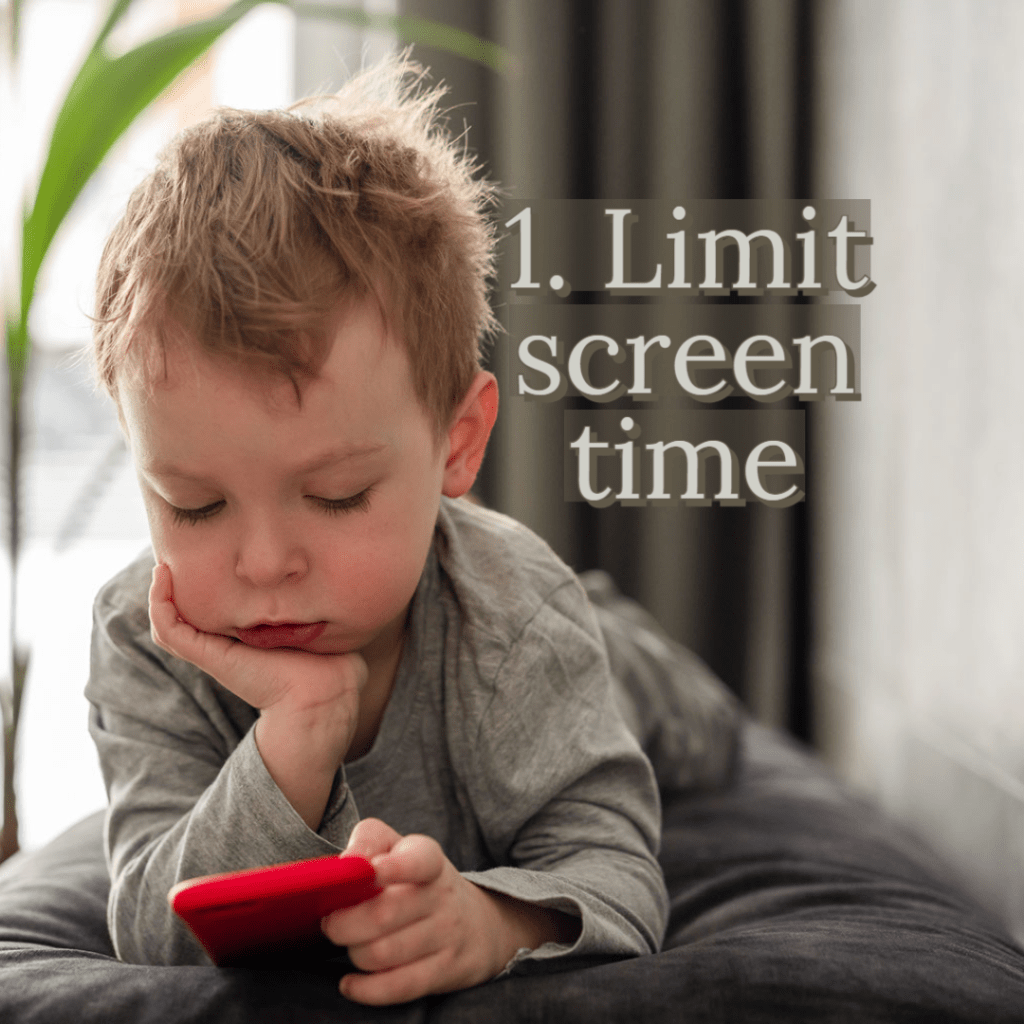It is crucial to first understand that you, as a parent, have a responsibility to maintain the health of your child’s eyes. Children learn through observation, so you are their first and best teacher. For your children to develop to their full potential as people, you as parents must make sure that they get enough sleep, eat a healthy diet, and get outside to play. Additionally, you must watch out that they do not contract eye conditions that could impair their vision during childhood. Here are three parenting suggestions to protect your child’s eyes from harm.
1. Limit screen time:

The American Academy of Pediatrics advises against allowing children under the age of 18 months to use digital media, except video chatting. For kids between the ages of 18 months and 5 years, the AAP now advises keeping screen time to no more than an hour per day.
There should be more emphasis on apps for education than entertainment apps, which tend to be passive and low-interactive. .
Encourage your child to adhere to the 20-20-20 rule, look away from the screen every 20 minutes, and look at something at least 20 feet away for 20 seconds.
Maintain a minimum arm’s length distance between screens and the face.
2. More outdoor activities:

Research has shown a connection between extended close work and short-sightedness. Excessive screen time, prolonged book reading sessions, and overall indoor time all contribute to the onset of myopia.
Playing games with friends outside will help them develop their social skills, concentration, and focus as well as make them happier, more self-assured people while delaying the onset of myopia.
Children should spend at least some time each day in the sun, though the ideal amount of time spent outside is still being studied. In a study of children aged 6 years old, adding 40 minutes of outdoor activity per week to their usual classroom activities resulted in a reduced incidence of myopia.
Make sure they have adequate sun protection while they are outside. Children should always wear UV-protective, properly fitting-sunglasses. In order to protect their face, neck, and ears from the sun, they should also put on a hat with a big brim. Avoid spending time outside between 10 a.m. and 4 p.m., when UV rays are at their strongest.
3. Routine eye examination:

Just before starting school, every child between the ages of 3 and 4 needs to have a routine eye examination. To prevent vision problems, children should have an eye exam before the start of the school year. Kids can therefore avoid the strain of doing close work all the time and the eyestrain caused by nearsightedness.
An earlier exam may be advised if a child has a family history of vision issues. If either parent has a high refractive error, or if both parents do, the infant should be examined by an eye doctor by the time the child is a year old.
Within 30 days of birth, the fundus of a preterm child must be examined to check for retinopathy of prematurity.
Consult your pediatrician if you’re unsure whether your child has an eye condition or if your child exhibits any of the following signs, make an appointment with an ophthalmologist right away: Excessive tearing or discharge from the eyes, photophobia, pain in the eyes or around the eyes, blurred vision, double vision, or night vision problems.
If you have any questions about the health of your child’s eyes, talk to your doctor. If you suspect a problem, contact an eye care professional immediately
